Japanese Kimono Exhibition Has Grand Opening in Kyoto!
Thuy Fang
Posted on August 21, 2025
Share:
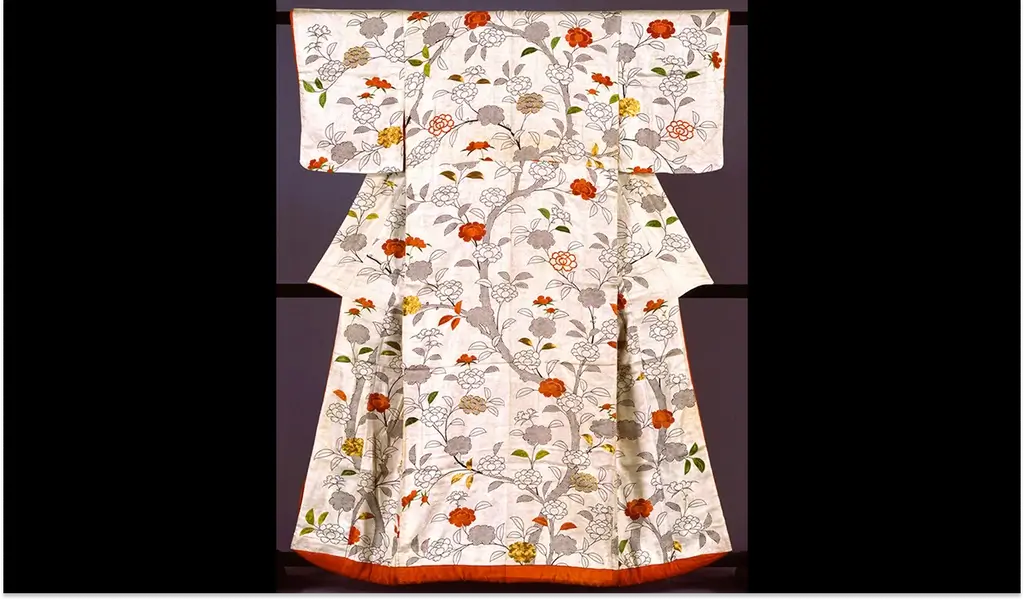
Generally, the Japanese kimono is comfortable and straightforward, while others are so valuable that they can cost as much as a car. These traditional garments are enchanting because they connect people to Japan’s history and artistry. Their designs are not just clothing but works of art, often hand-painted, embroidered, or dyed with great care. Thus, the kimono exhibition in Kyoto is an excellent opportunity to admire the charm and learn its creation secrets.
What is a kimono?
The kimono is a beautiful traditional robe that began many centuries ago, around the Heian period (794-1185). During this time, noble families wore elegant robes influenced by Chinese styles. Over time, the kimono became the national dress of Japan and was worn by people of all classes. Today, although most people do not wear a kimono daily, they are still seen during festivals, weddings, and graduations.
A Japanese kimono is usually made from long, straight pieces of fabric called tanmono, which are carefully cut and sewn into a “T” shape. The garment wraps left over right and is tied with a wide sash called an obi. Women’s kimonos are often decorated with delicate patterns of flowers, birds, or seasonal motifs that symbolize nature and good fortune. On the other hand, men’s ones tend to be simpler, with darker colors like navy or black.
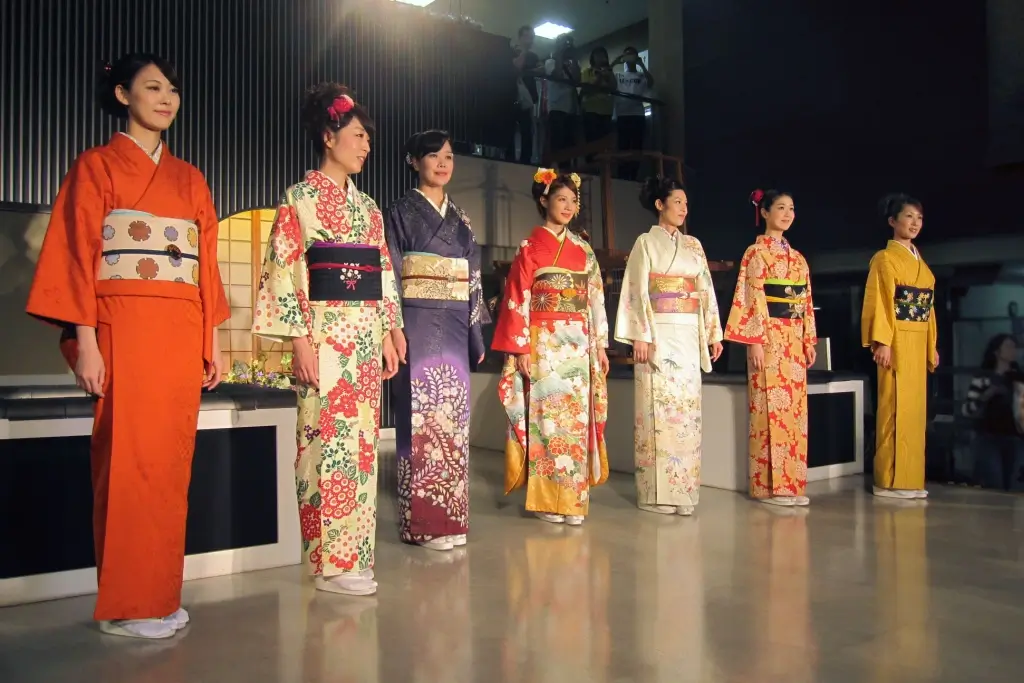
There are many varieties of Japanese kimono, each with a special meaning. Young women might wear a furisode with long flowing sleeves at their Coming-of-Age Day, while brides often wear a pure white shiromuku at weddings to symbolize new beginnings. And married women may wear a tomesode, decorated only at the bottom.
Traditionally, silk was the favorite material thanks to its smooth feel and elegant shine. Nowadays, cotton and polyester are also used, especially for casual types like the yukata, which is light and perfect for natsu matsuri (summer festivals).
Kimono exhibition in Kyoto
This exhibition, “Secrets of the Kimono: The Advent of Yuzen Dyeing,” is now being held at the National Museum of Modern Art in Kyoto. From July 19 to September 15, visitors can enjoy about 260 Japanese kimonos and related items on display, which showcase the beauty and creativity of this traditional Japanese garment.
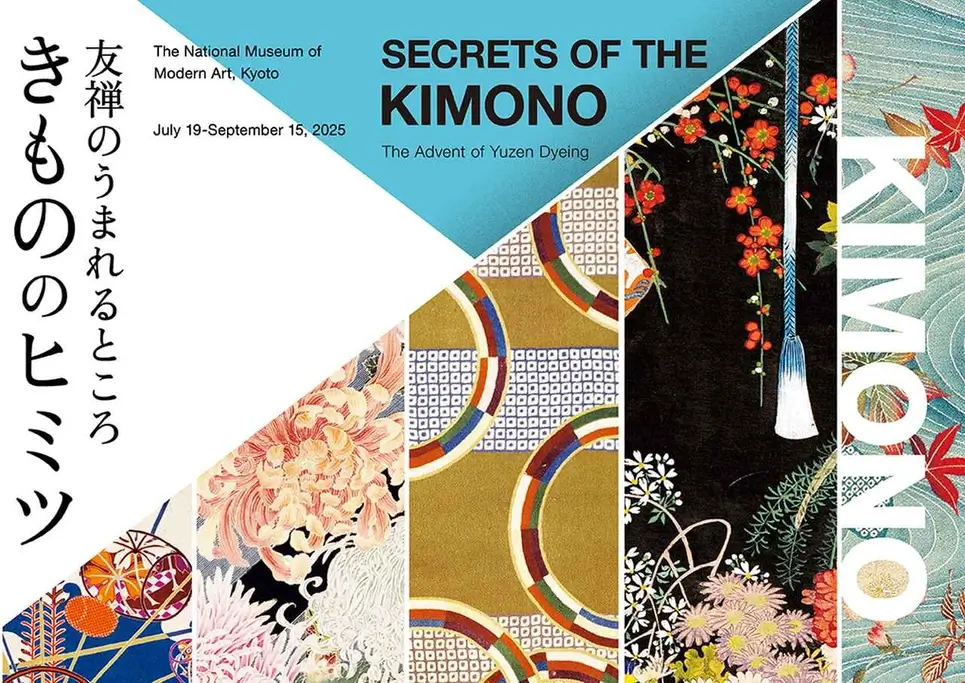
Many of the pieces come from Chiso Holdings, a well-known kimono company in Kyoto that has supported the art of Kyo-yuzen, a special dyeing technique. Some of the highlights include kosode, or short-sleeved kimono, which were once worn widely in Japan. Another highlight is the colorful masterpiece Yuzen Kimono, ‘Glorious Blossoms’, created in 1985 by Kako Moriguchi, a Yuzen artist recognized as a living national treasure.
Moreover, visitors can also see kimono pattern books that once inspired fashion trends in Japan. They can also explore sketches, weaving designs, and fabric samples dyed with the Kyo-yuzen method. These displays reveal the careful steps behind making each piece, from drawing patterns to dyeing the cloth with vivid colors. Some works are even replaced during the exhibition, so each visit feels new and exciting!
Are you looking for snacks to enjoy after a day at the museum? Check out Sakuraco! Sakuraco delivers traditional Japanese snacks, teas, and sweets from local Japanese makers directly to your door so you can enjoy the latest treats directly from Japan!
Where else can I admire Japanese kimonos?
Tokyo is an excellent choice if you’re looking for another place to experience traditional Japanese fashion. Every spring, the Tokyo Kimono Show takes place in the Nihonbashi area of Chuo Ward. In 2025, it was held from April 18 to 20, filling several venues with colorful robes and many activities.
The theme for the year was “Kimono Is Expression”, showcasing how this garment is not only clothing but also a means to share ideas and creativity. Visitors entered the Sunrise Building and saw more than one hundred garments on display. Each one featured different styles, patterns, and stories to tell.
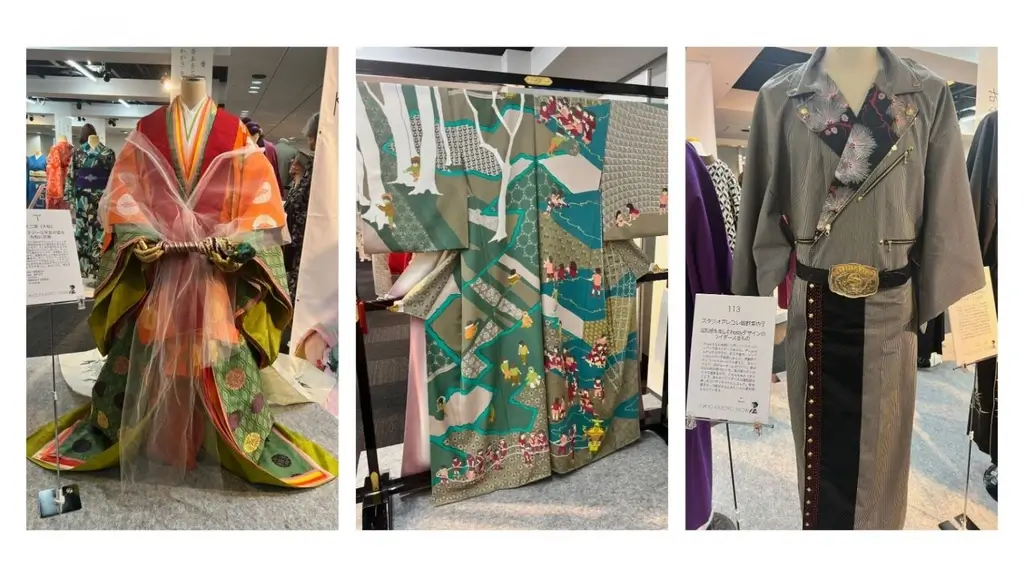
There were many highlights of the 2025 show. At the Kimono Style Exhibition, mannequins in elegant kosode, bold designs, and even washi paper garments amazed guests. Famous designer Justin Chou showcased works blending modern fashion with traditional Japanese style. Meanwhile, the designer Hossy showed creative pieces for men and boys. Edo-period outfits were also displayed, letting people see how merchants and samurai once dressed.
Beyond the displays, the show was full of activities that made it even more attractive. Guests could enjoy stage performances daily, from puppet theater to dance and fashion shows. The tea ceremony space featured three schools of tea, where many joined to taste and rest from their walk. Furthermore, some workshops allowed people to make their accessories, try aroma classes, or even dye a collar with floating colors.
What makes the Japanese kimono exhibition in Kyoto worth visiting?
The Japanese kimono exhibition is an exclusive experience, allowing visitors to connect with Japanese kimonos as a living art form. Each piece on display shows careful craftsmanship, from delicate patterns to rich colors and textures, inviting people to appreciate the creativity and skill behind it.
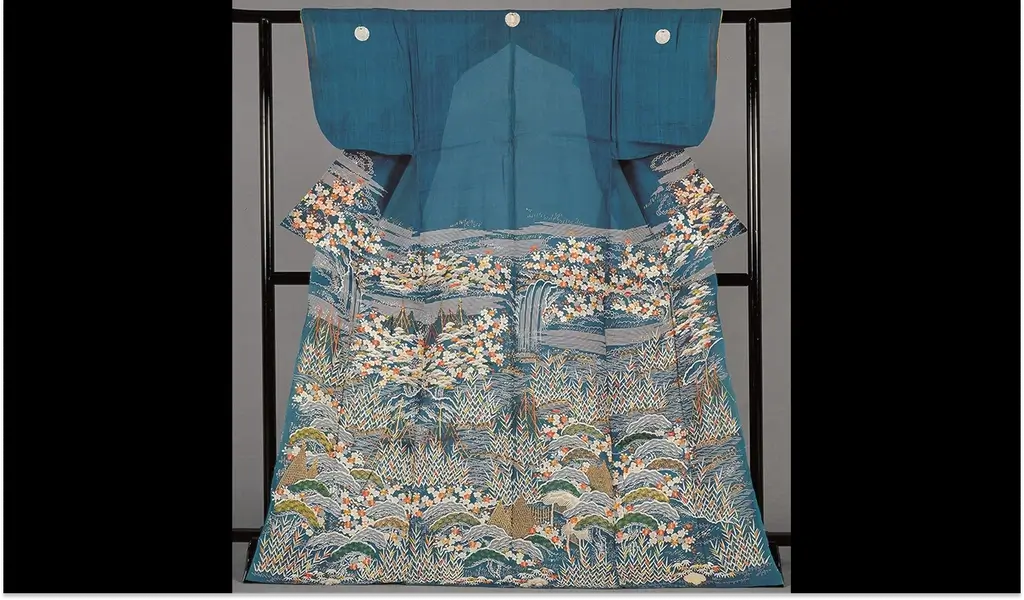
Walking through the exhibition, visitors can feel a sense of history and culture, seeing how Japanese clothing has evolved while remaining meaningful today. The display encourages reflection on how traditional arts can still resonate in contemporary life. It also sparks curiosity about each piece’s techniques, stories, and cultural significance. So, what part of the exhibition would you be most excited to see? Share your thoughts with me in the comments!

Discover authentic flavors with Sakuraco
Get Sakuraco 

Discover authentic flavors with Sakuraco
Get Sakuraco 
Related Articles

Shizuoka Fishing Tour Invites You to Try Your Luck!
If you’ve ever dreamed of reeling in a big haul of fish with Mount Fuji standing majestically in the background, Shizuoka Prefecture might be your next must-visit destination. A new fishing tour from Heda Port in Numazu welcomes beginners and seasoned anglers.
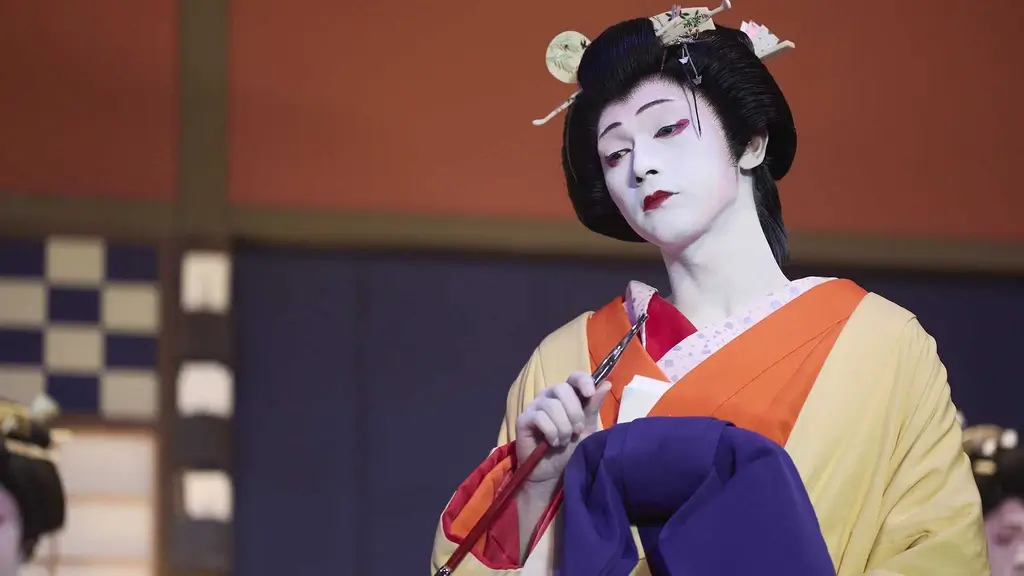
Kabuki Film Perfectly Captures The Beauty of the Artform!
Kabuki theater, with its dramatic poses, elaborate costumes, and centuries-old traditions, is a dazzling symbol of Japanese culture. But what drives the actors behind the makeup, those who dedicate their lives to this demanding art form?

Paternity Leave in Japan: How Fathers Are Redefining Parenting
In Japan, fathers are joining the frontlines of early childcare! More men are leaving the office to feed, soothe, and bond with their newborns, supporting their partners in once rare ways.



